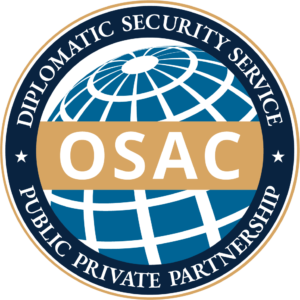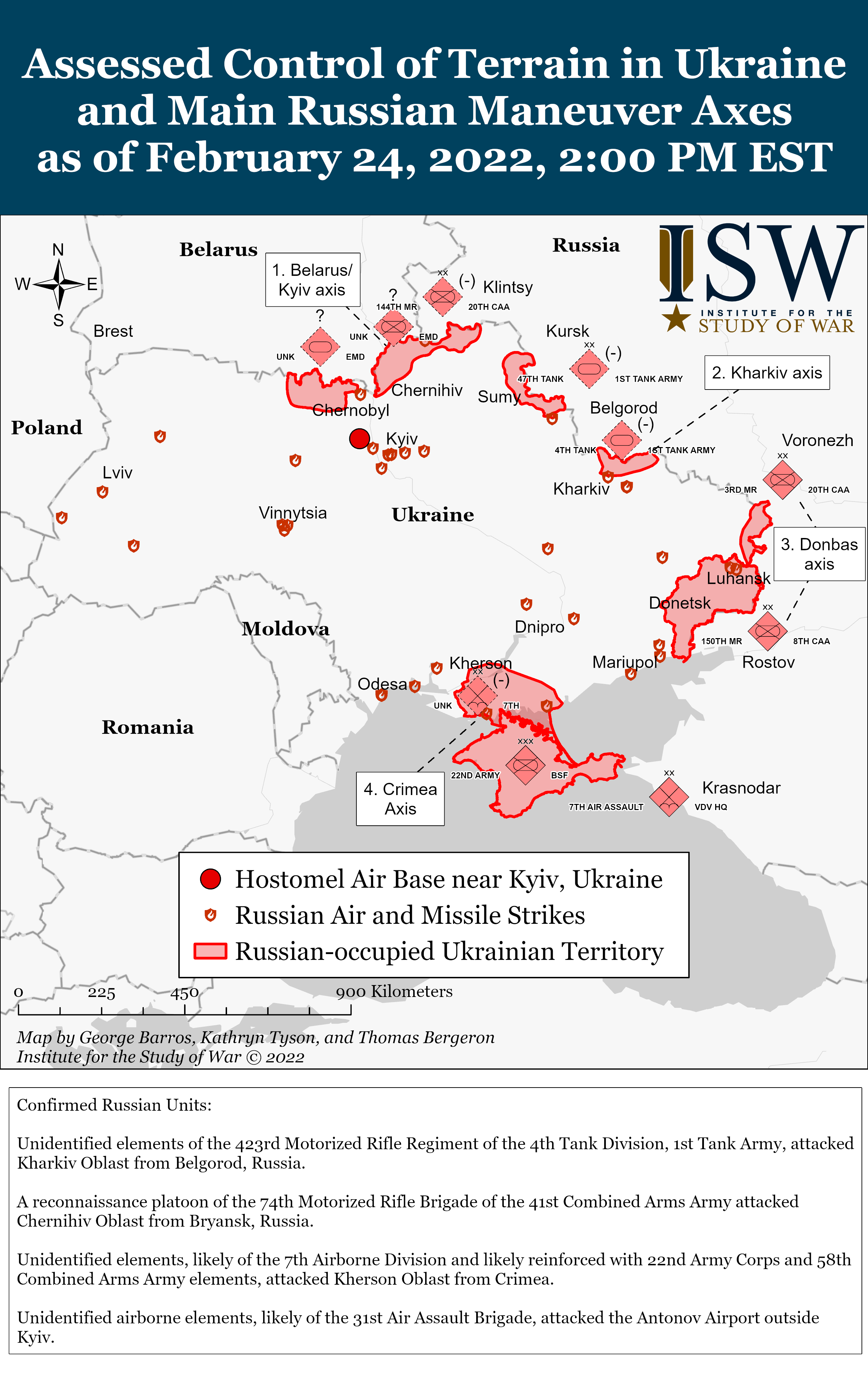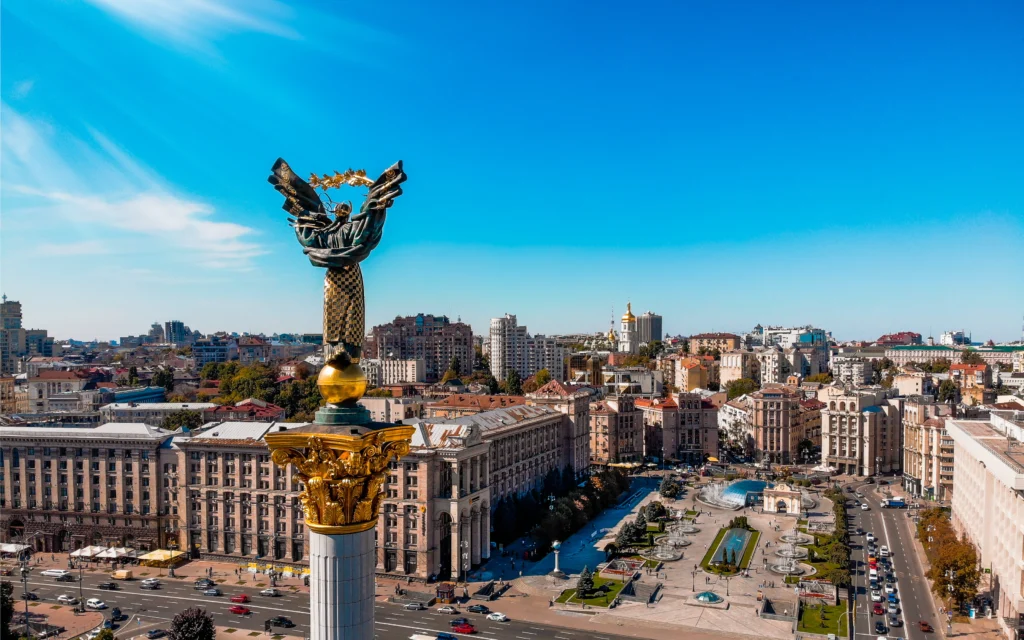Ukraine Situation Report

We release Ukraine Situation Reports on Wednesdays only. For events that require a major update on days we do not typically release a report, GTAC will publish one. OSAC has also established an OSAC Ukraine Portal, which includes all OSAC products on Ukraine, including previous situation reports. If you would like to receive OSAC Ukraine updates and/or to join a dedicated Signal group, please contact us and we’ll put you in touch with OSAC. The Overseas Security Advisory Council is a partnership between the U.S. Department of State and private-sector security community that supports the safe operations of U.S. organizations overseas through threat alerts, analysis, and peer networking groups. OSAC’s public representatives work directly with security professionals from U.S. private-sector organizations that have employees, operations, or other interests outside the United States. GTAC is an active member of OSAC’s Ukraine, Kyiv Chapter.
******
 February 24, 2022
February 24, 2022
LET’S NOT FORGET: Russian President Vladimir Putin began a large-scale invasion of Ukraine on February 24, 2022, aimed at full regime change and the occupation of Ukraine. His claimed objective to “demilitarize” and “de-nazify” Ukraine was a transparent cover for an unprovoked war of aggression to occupy a neighboring state. For current, authoritative information about the war, please visit the Institute of War (ISW) and Critical Threats Project (CTP), and click here to see ISW’s interactive map of the Russian invasion of Ukraine.
Resources:
State Sanctions Registry (National Security and Defense Council of Ukraine Office)
Sanctions Timeline (The Peterson Institute for International Economics (PIIE)
Live Tracker (Correctiv)
Russia Sanctions Database (Atlantic Council)
Ukraine’s official war website (Ukrainian Ministry of Foreign Affairs)
Ukraine Under Attack: Documenting the Russian Invasion (NYT Photos)
Institute for the Study of War & Critical Threats Project

Dusk in Kyiv on Feb. 24, 2022, as Russian forces were advancing on the city.
